

St John's Church

St. John's is an Episcopal church located in Richmond, Virginia.
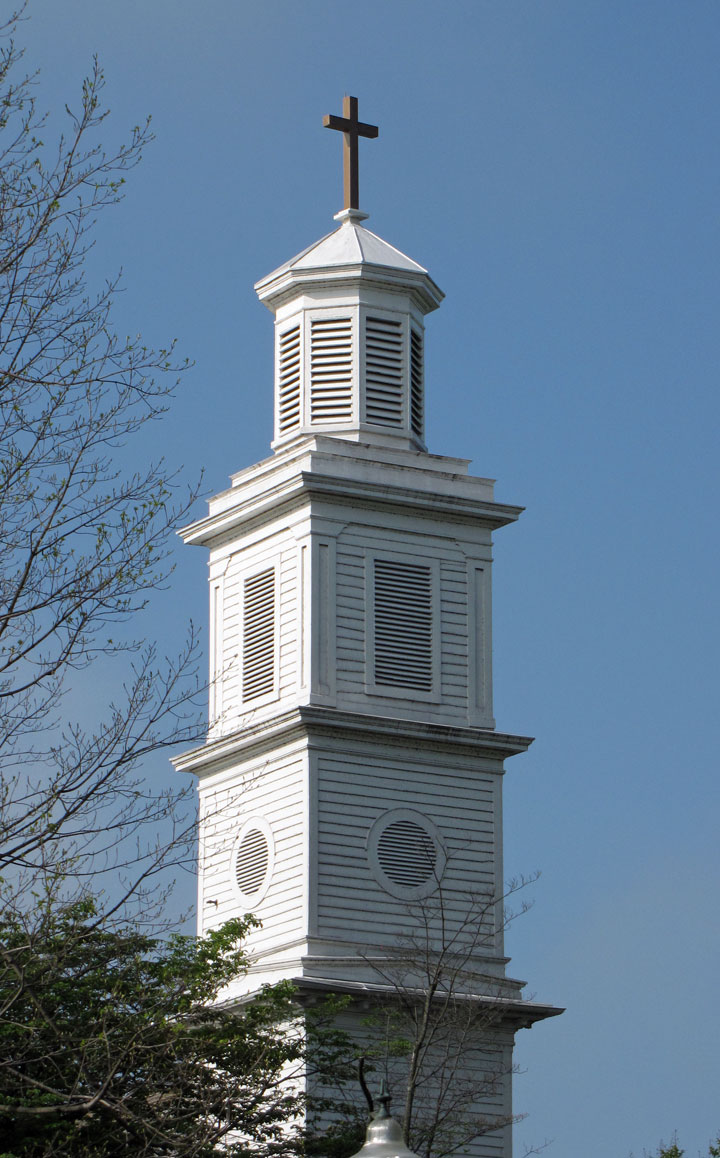
St. John's Episcopal Church is the oldest church in Richmond, built in 1741 and giving its name to the Church Hill district. St. John's was formed from several earlier churches. It was the site of two important conventions in the period leading to the American Revolutionary War, and is most famous as the location where Patrick Henry gave his closing speech at the Second Virginia Convention with the famous quotation "Give me liberty or give me death."

The earliest precursor of St. John's was Henrico Parish Church, initially
located at Sir Thomas Dale's progressive development at Henricus (also known as
the "Cittie of Henricus", "Henricopolis" or "Henrico Town").
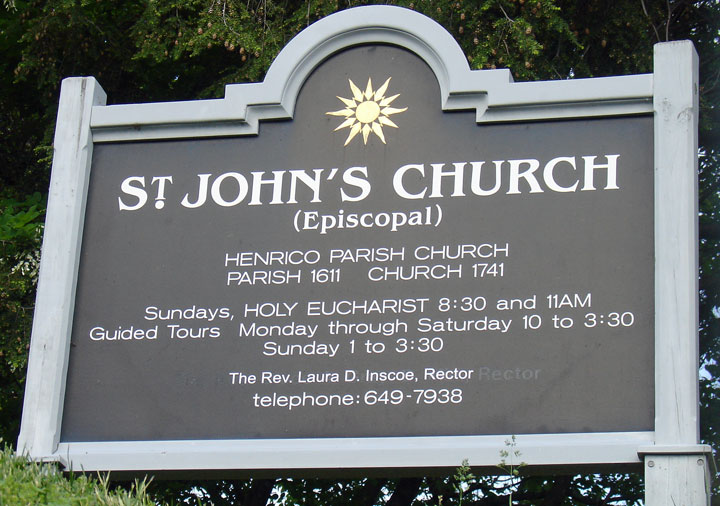
Founded in the Virginia Colony in 1611, Henricus was notable for a number of
"firsts". It was the first to allocate land to individuals and the site of the
first "College" in the English colonies, a school modeled after those in England
of that era. The College at Henricus was to include education for the children
of the Native Americans.
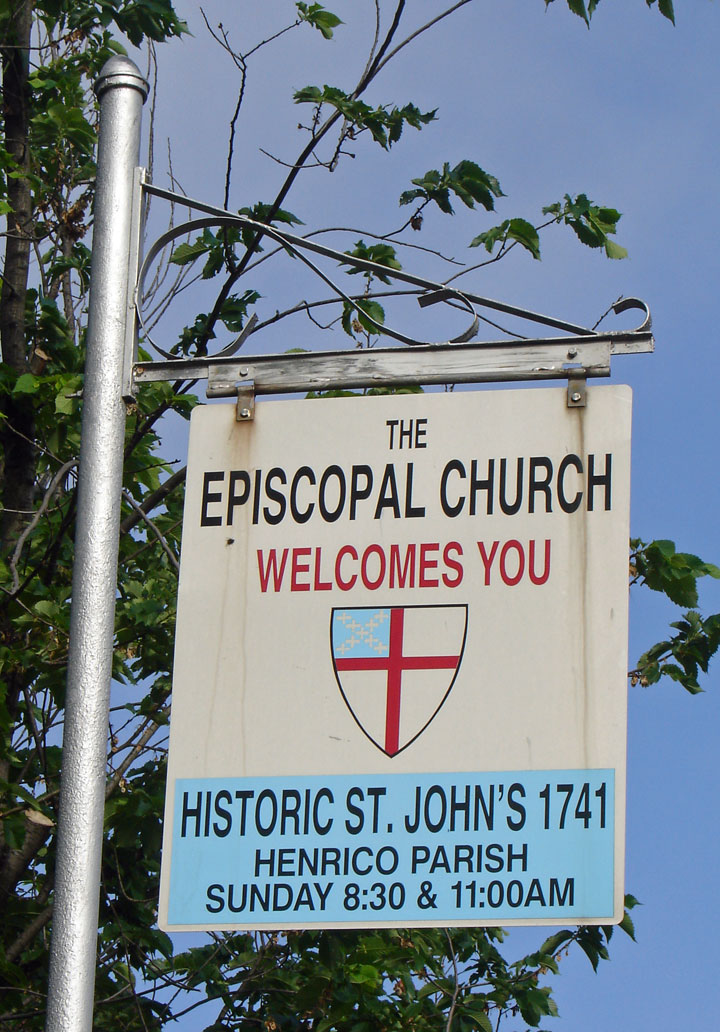
It was at Henricus that Pocahontas, the Native American daughter of Chief
Powhatan, leader of the Powhatan Confederacy, was held in captivity by the
colonists. During the year-long wait, the first rector of the church, Reverend
Alexander Whitaker, an Englishman, taught her about Christianity and helped to
improve her English. After she was baptized, her name was changed to "Rebecca".
She married John Rolfe, who established Varina Farms, a plantation across the
James River.
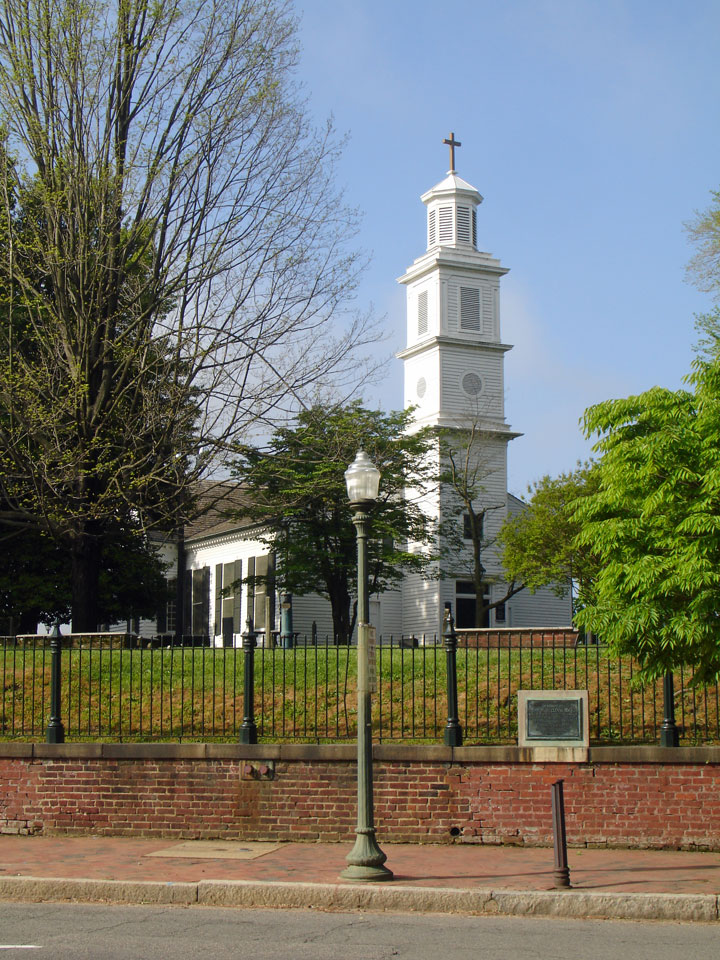
Reverend Whitaker was drowned in the James River in 1617. His associate,
Reverend William Wickham, held the Henrico Parish Church together awaiting the
arrival from England of the Reverend Thomas Bargrave in 1619. Also in 1619,
Henricus became located in Henrico Cittie (sic), one of four large
"incorporations" or "burroughs" formed by the Virginia Company of London in
1619.

Henricus was an outpost of Jamestown, one of the most westerly-located of the
developments at the time. This proved a severe disadvantage on Good Friday in
1622, when the entire development at Henricus and the church there were
destroyed in the Indian Massacre of 1622. A third of the English colonists in
Virginia were killed.

The Virginia Company lost its charter in 1624 and Virginia became a royal
colony. Henricus was not rebuilt, but its long-lost site, now located in
Chesterfield County (formed from Henrico in 1749), was discovered in the late
20th century. An county historical park is located there.
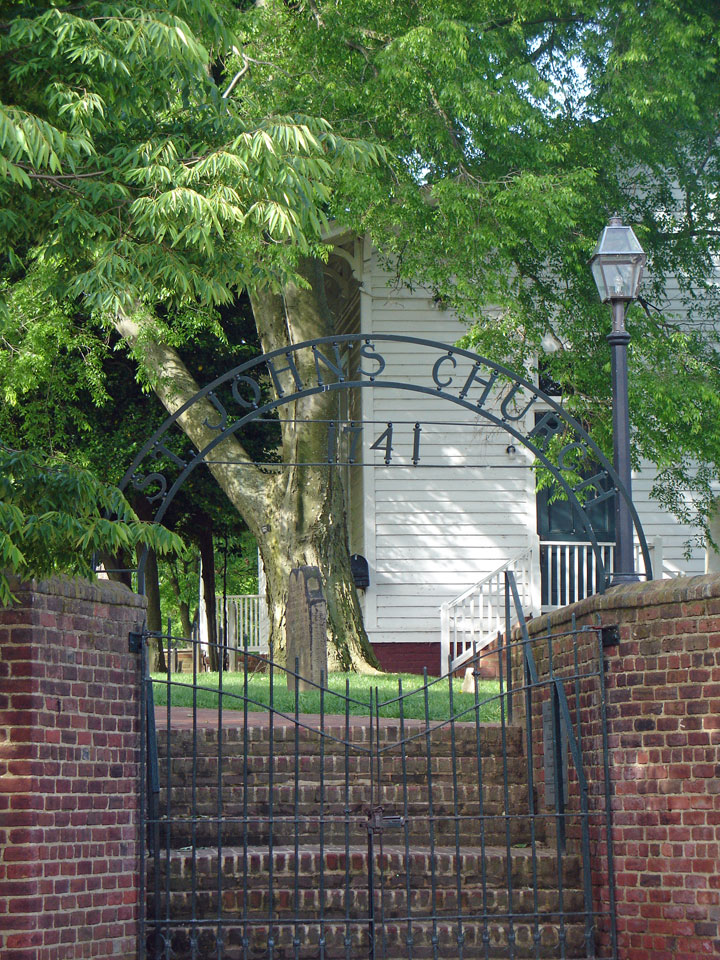
Despite the destruction of Henricus, the Colony continued to grow, and a small
village of the colonists grew at Rolfe's Varina Farms Plantation which became
known as Varina (also called "Henrico Parish" in early years). The Shire of
Henrico (soon renamed Henrico County, Virginia|Henrico County) was formed in
1634 as one of the eight original shires of Virginia. The initial county seat
was at Varina, which officially became a town in 1680. In those days before
separation of church and state, the parish boundaries were the same as the
shire/county.
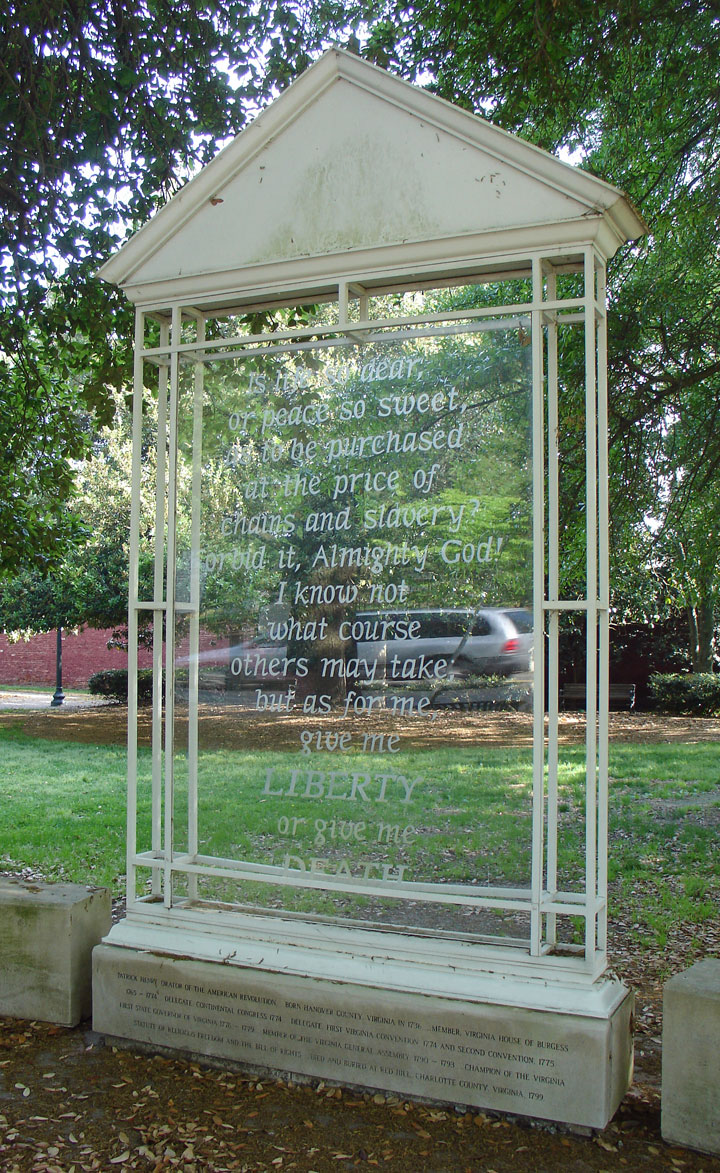
Notable among Henrico Parish's leaders was the Reverend Dr. James Blair
(1656-1743), who was named Commissary in the Virginia Colony for the Bishop of
London, making him the colony's highest-ranking religious leader. At the urging
of the House of Burgesses, he became a founder and the first president of the
College of William and Mary. In doing so, James Blair is said to have used some
of the plans of the ill-fated earlier College at Henricus. Apparently taking no
chances, the newer College was sited at the fortified location of Middle
Plantation in James City County, to which the capital was later moved from
Jamestown, and the community was renamed Williamsburg. There, Reverend Dr. Blair
became the rector of Bruton Parish Church.
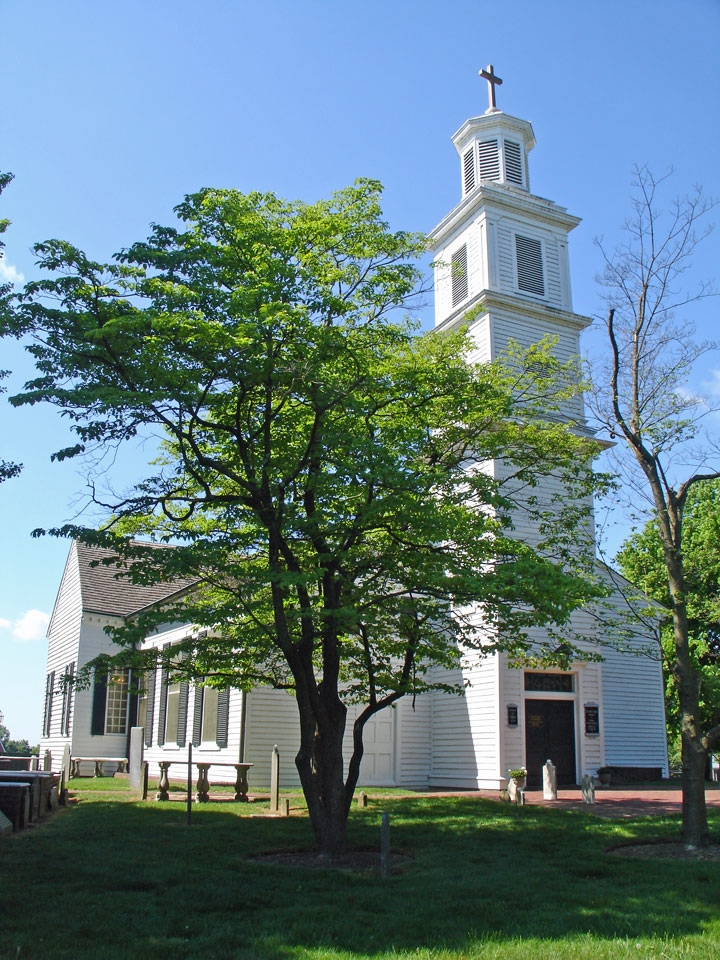
Exact locations of the church buildings at Varina are unknown. A 3rd or 4th
church building was built a few miles east of Varina Farms on a plantation known
as "Curles" some 20 miles east of the present city of Richmond in the current
Varina District of Henrico County. The only relic of that church still surviving
is the bowl of the baptismal fond in use today at St. John's.

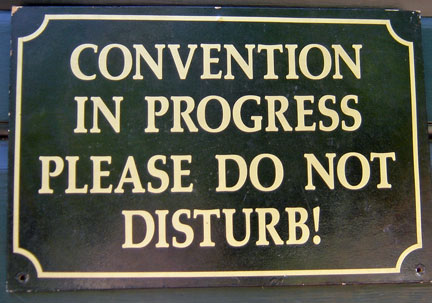
presentation to the school children
Henrico Parish Church moved to Richmond in 1741 and was built in what is now the Church Hill neighborhood on land donated by William Byrd II. Byrd also donated timber used to build the church and for the fire used to fire the kiln and bake the bricks for the foundation. Henrico's county seat was also moved from Varina to Richmond in 1752, to a building still extent at present-day 22nd and Main Streets nearby, where it remained until the 1970s.


The builder of the new church was Richard Randolph. The original 1741 church
building was completed on June 10, 1741. It remains as the transept of the
current church, built along east-west lines. In 1772, a 40 foot square extension
was added to the northern side, orienting the church towards the south, to which
end the altar was moved.
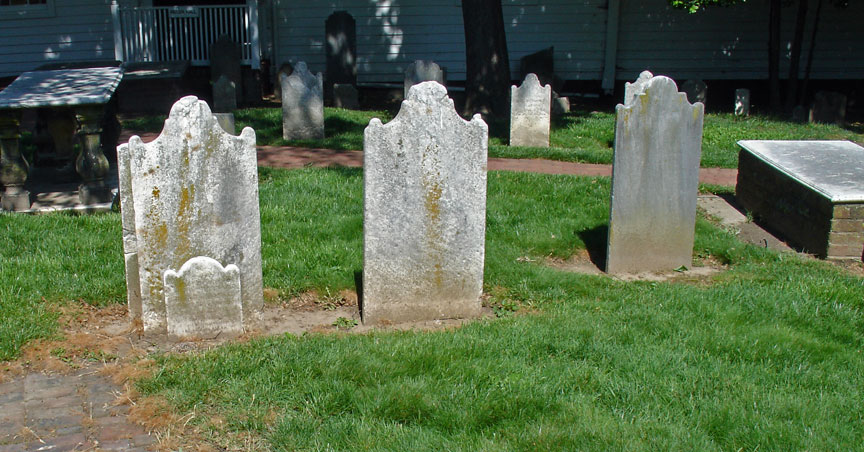
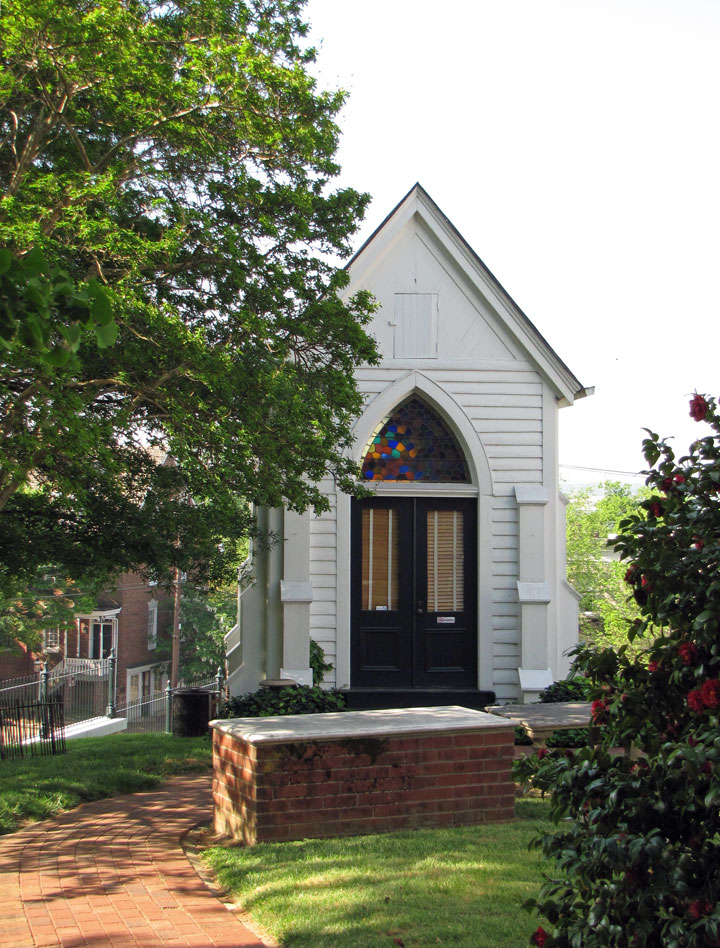
Funeral Chapel
In March 1775, the Second Virginia Convention began in this church. The
President of the Convention was Peyton Randolph. Reverend Miles Selden was the
rector of St. John's church at the time, and when the Convention assembled, he
was chosen as Chaplain. Selden was popularly referred to as the "Patriot
Parson." Among the 120 delegates were Thomas Jefferson and George Washington.
Other notable delegates were Benjamin Harrison, Thomas Mann Randolph, Richard
Bland, Richard Henry Lee and Francis Lightfoot Lee. Debate centered around the
perceived need to raise a militia to resist encroachments on civil rights by the
British Government under King George III. Patrick Henry, a delegate from Hanover
County, rose in support of a militia and, with his fiery speech (concluding with
the words "Give me liberty or give me death!"), swayed the vote.
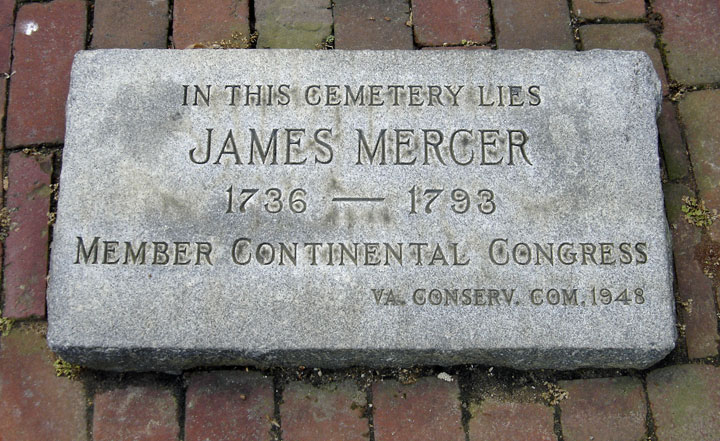
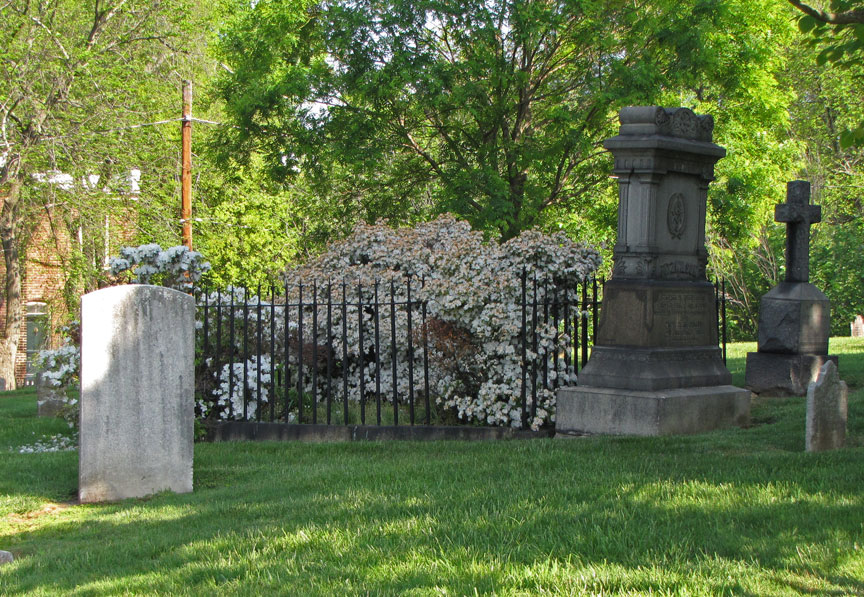
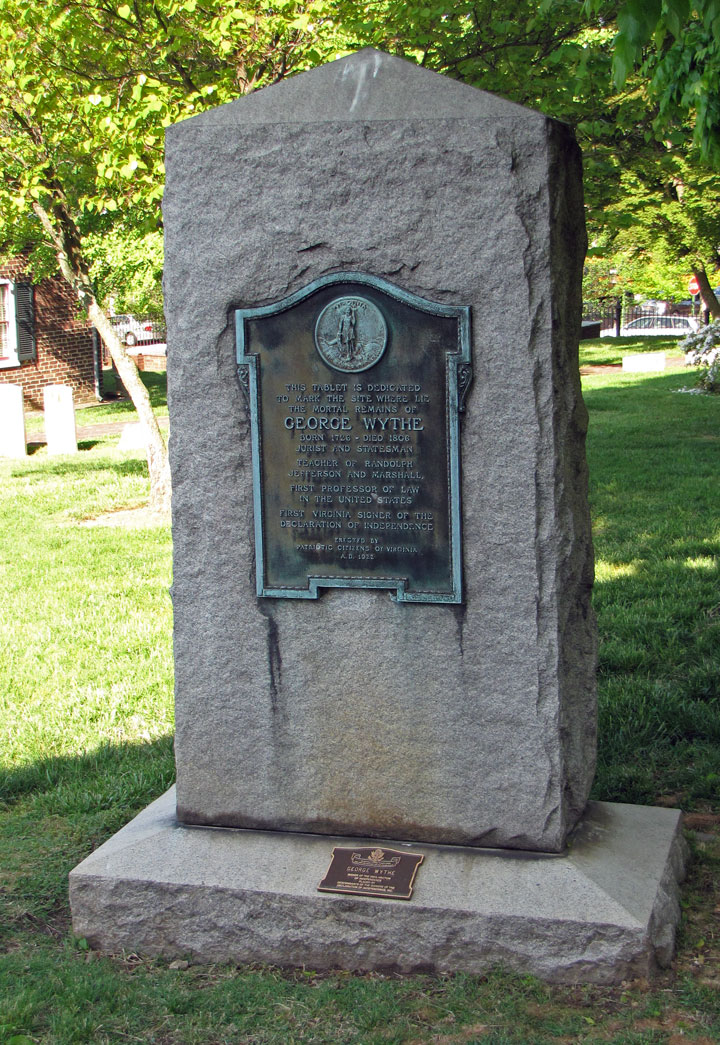
Under a Resolution offered by Richard Henry Lee, the House of Burgesses on May
15, 1776 resolved that "the delegates appointed to represent this colony in
General Congress be instructed to propose to that respectable body to declare
the united Colonies free and independent states."
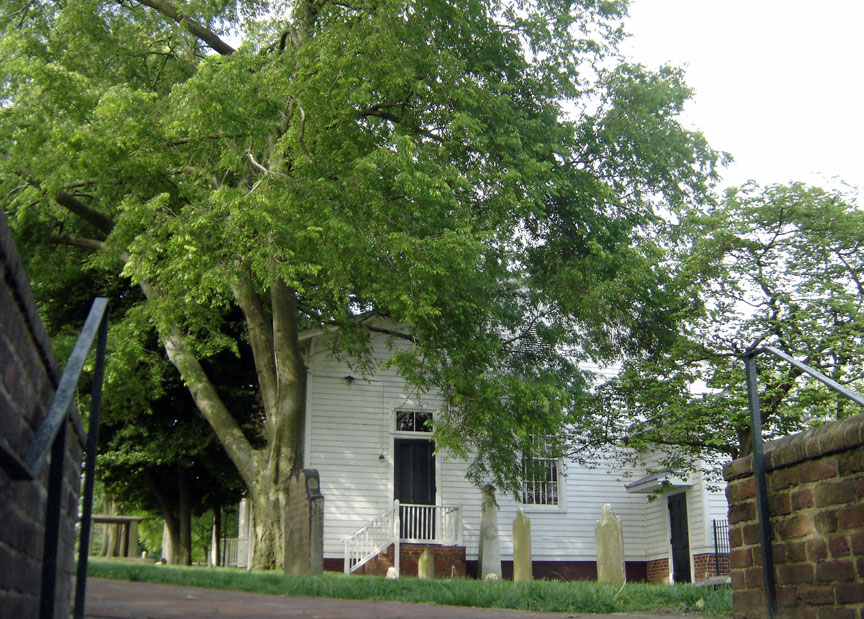
It is also notable that the Second Virginia Convention authorized Baptist
chaplains to minister to soldiers, an important early step to Freedom of
Religion in what became the Commonwealth of Virginia.
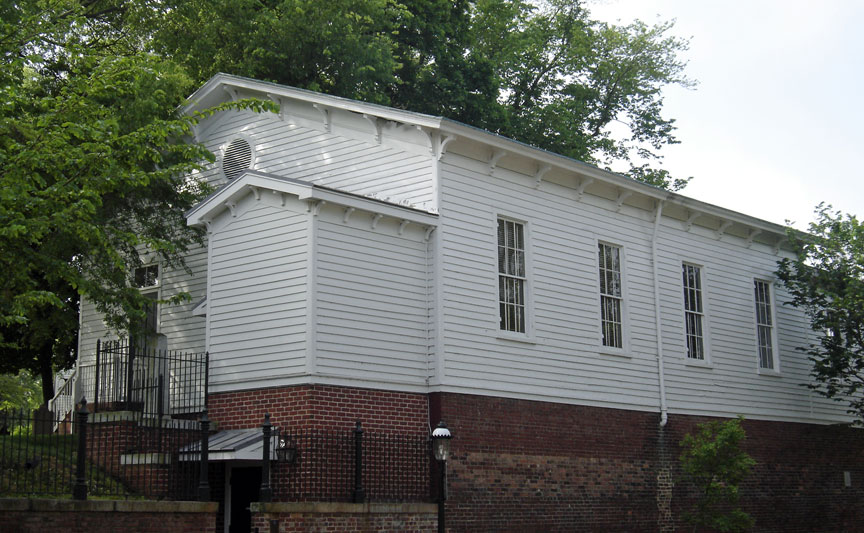
Parish house
The Third Virginia Convention was held at St. John's Church on July 17, 1775 to organize the troops and the war effort of Virginia. George Washington of Fairfax had been appointed head of the American Army. The delegates acknowledged the debt to Patrick Henry whose wisdom had already begun the arming of the colony, and he was named the first Governor of Virginia.


During the American Revolutionary War, in January 1781, General Benedict Arnold,
the traitor who was then serving on the British side, quartered his troops in
the church when Richmond was occupied.
Text from Wikipedia
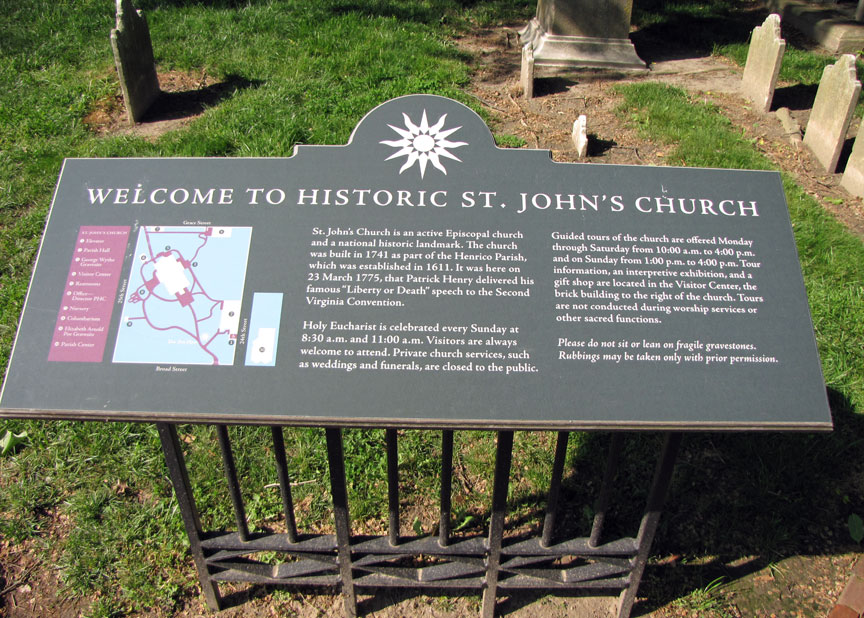
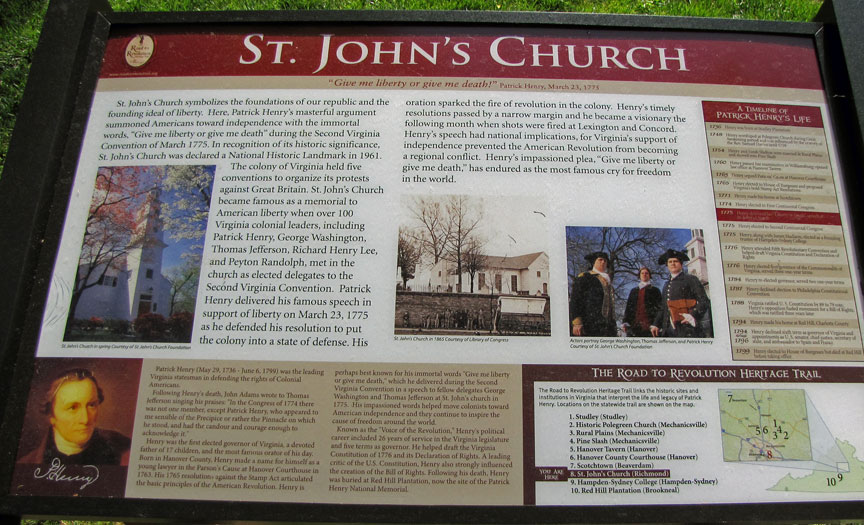
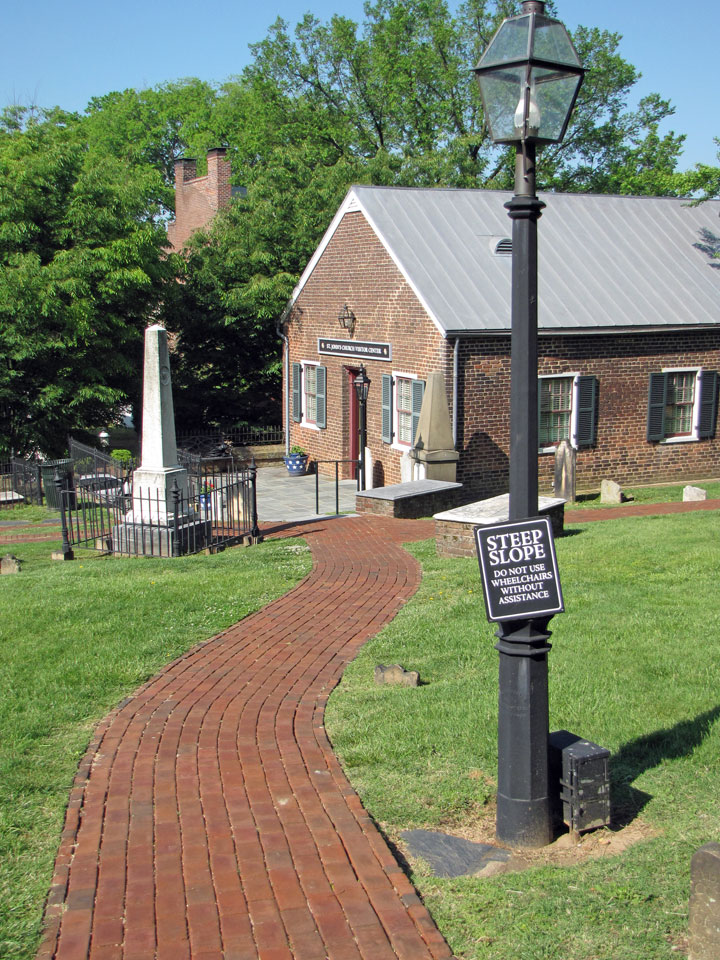
Visitor Center

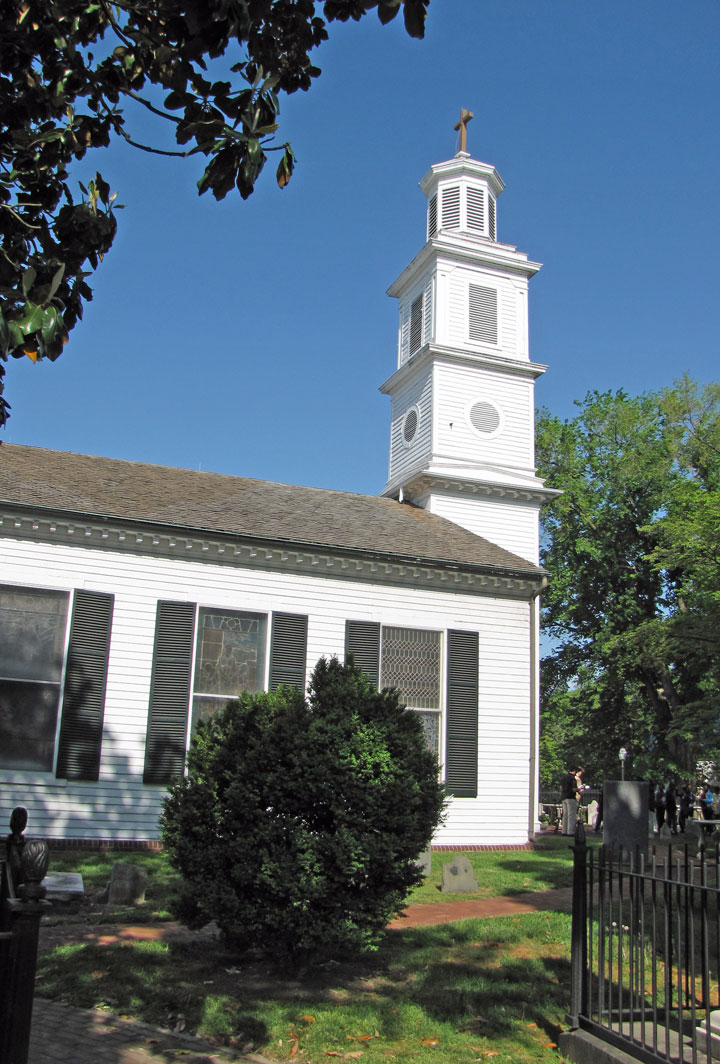
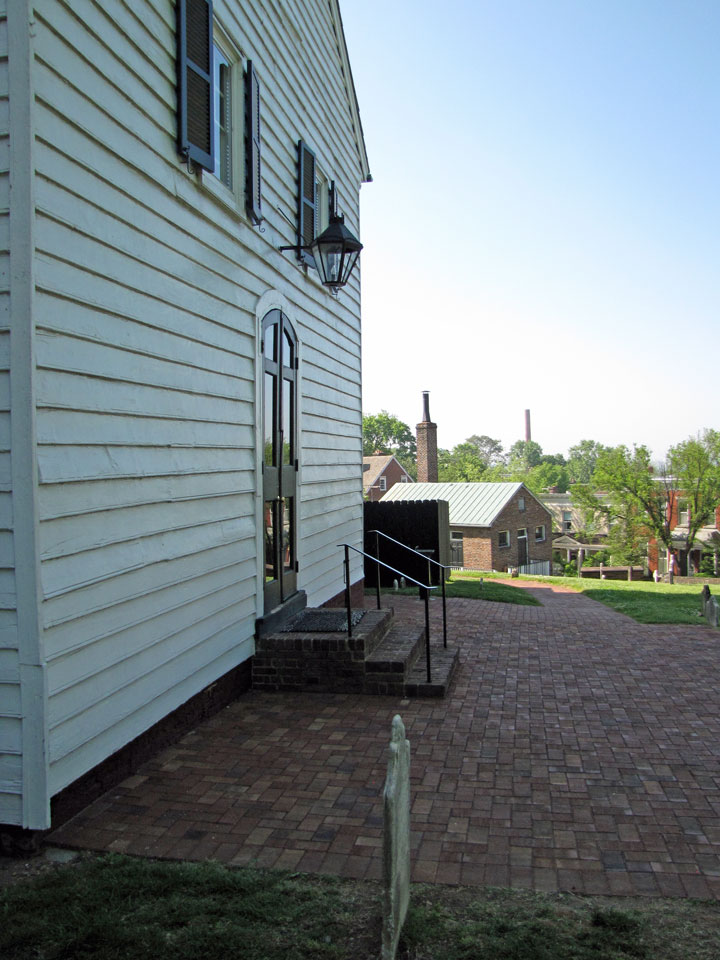
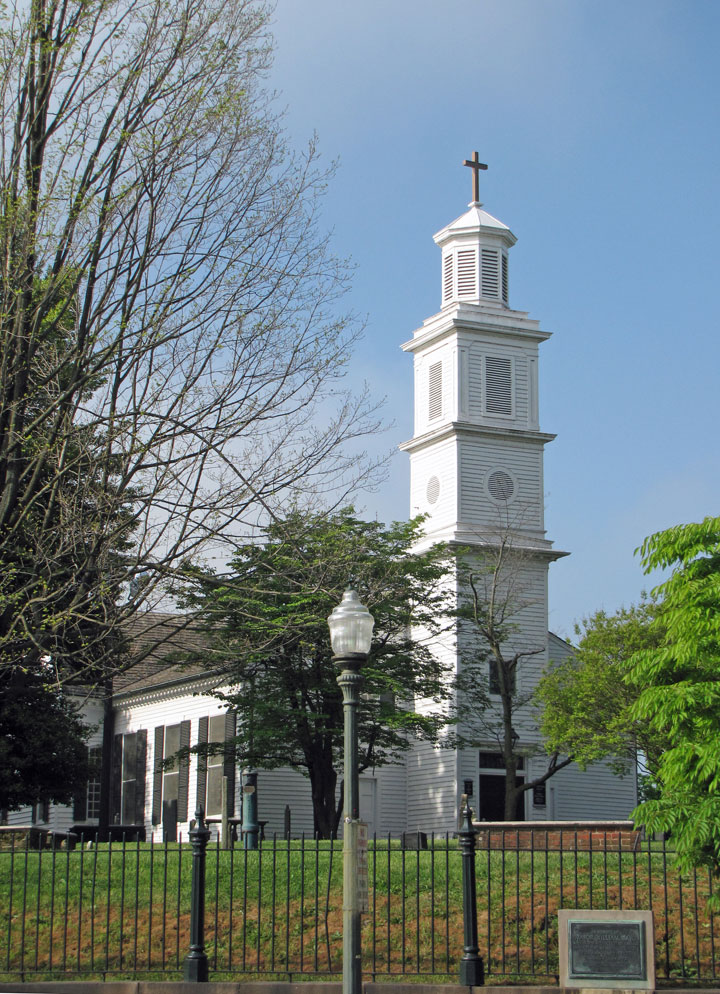

interior during presentation to school children
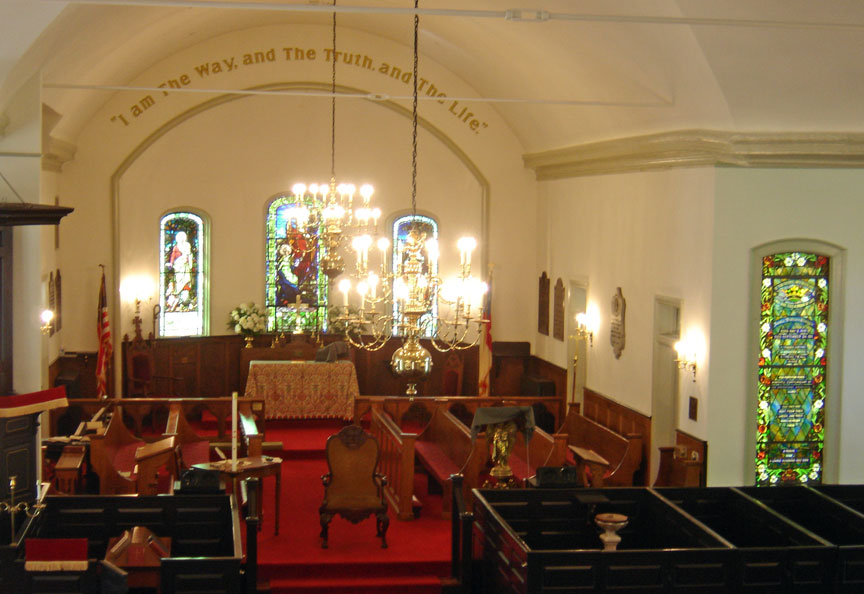
interior
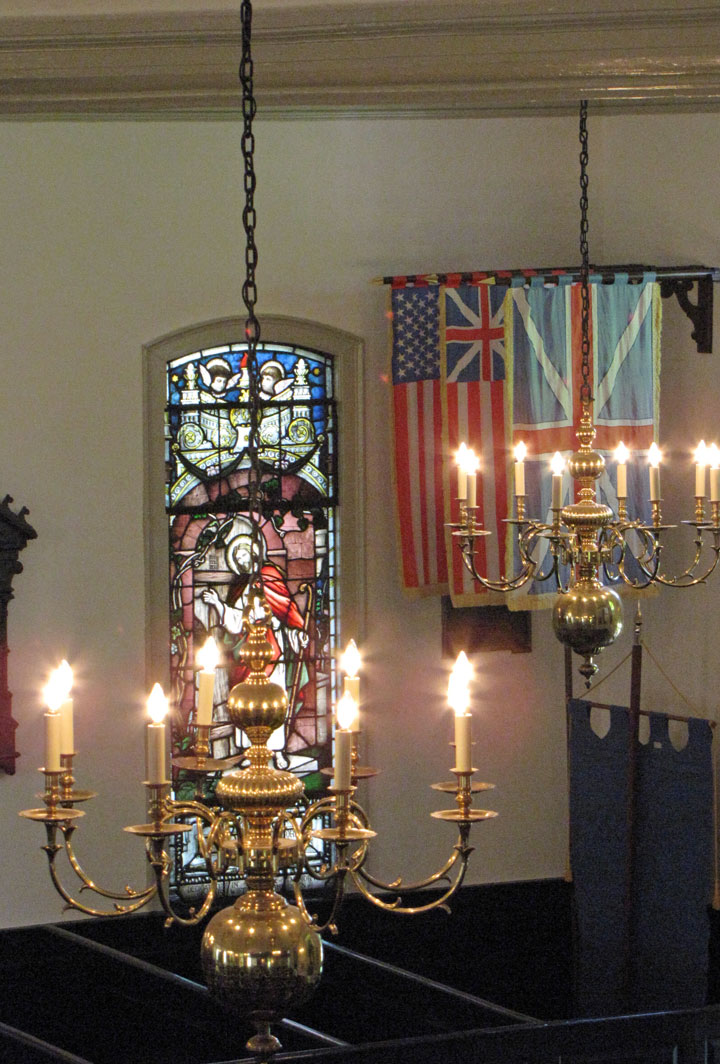


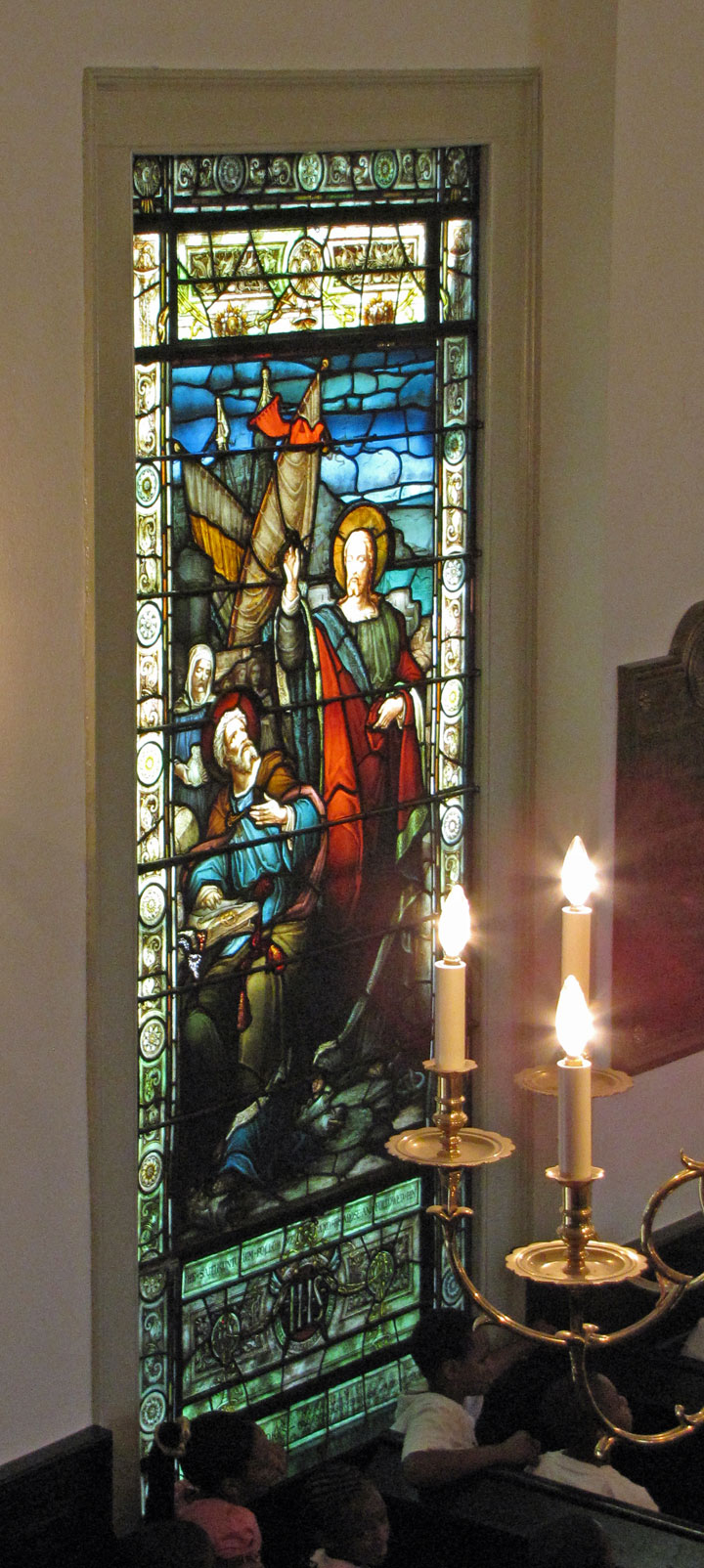
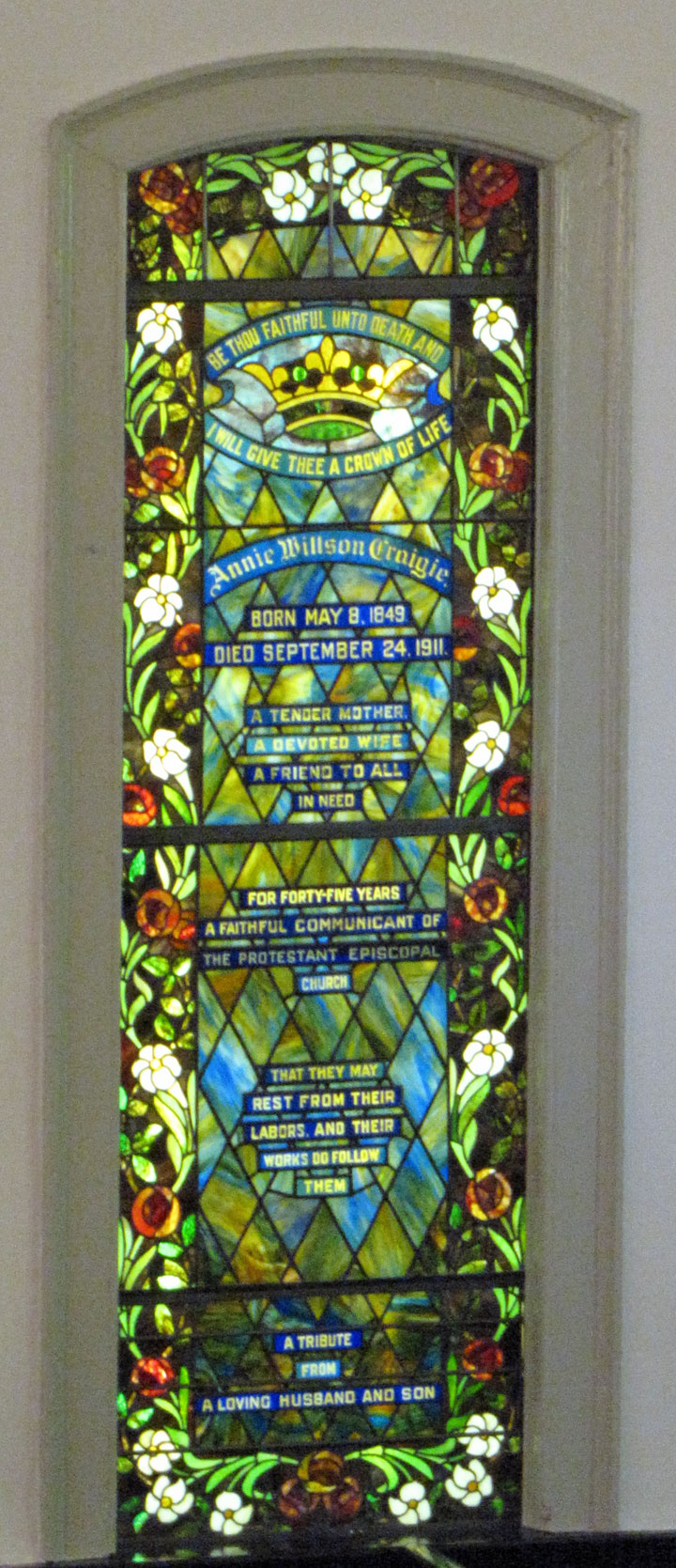





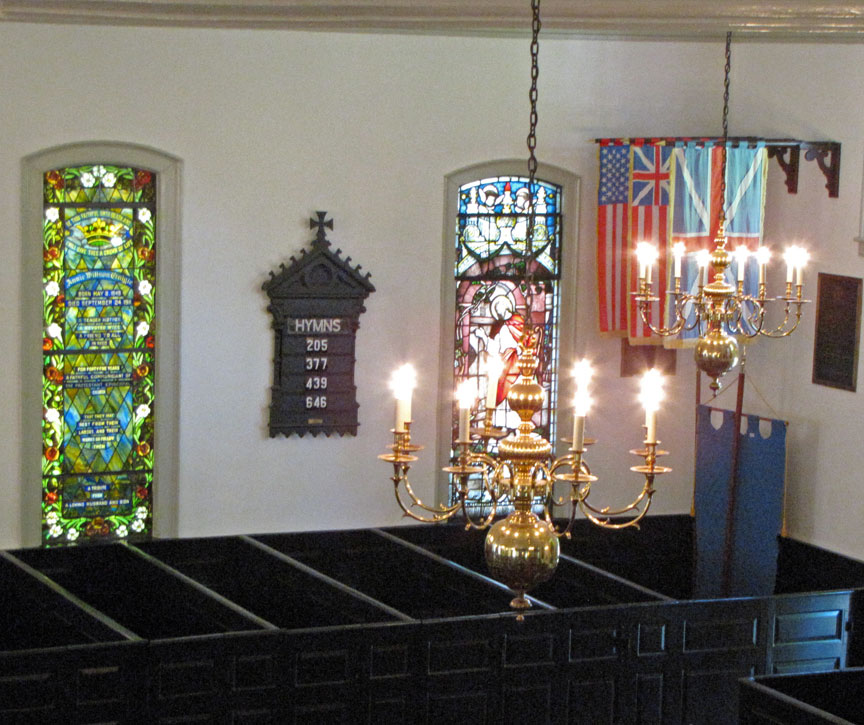
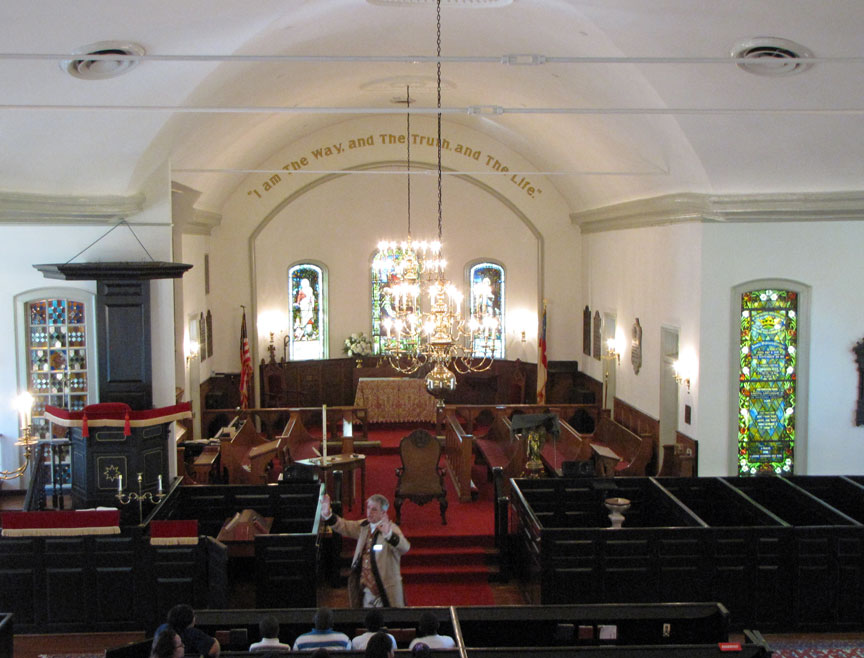
telling the history
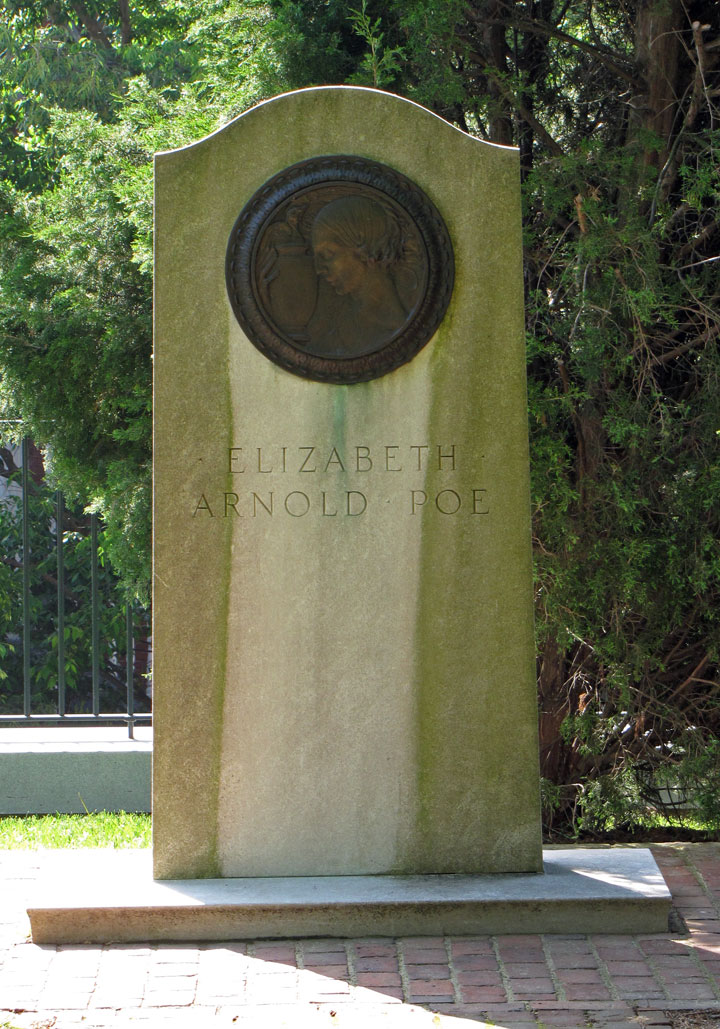
mother of Edgar Allan Poe

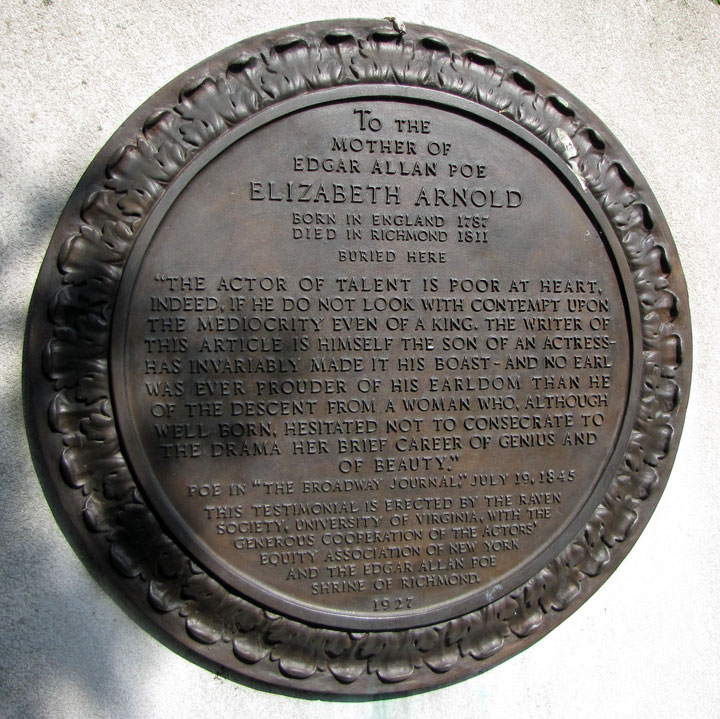
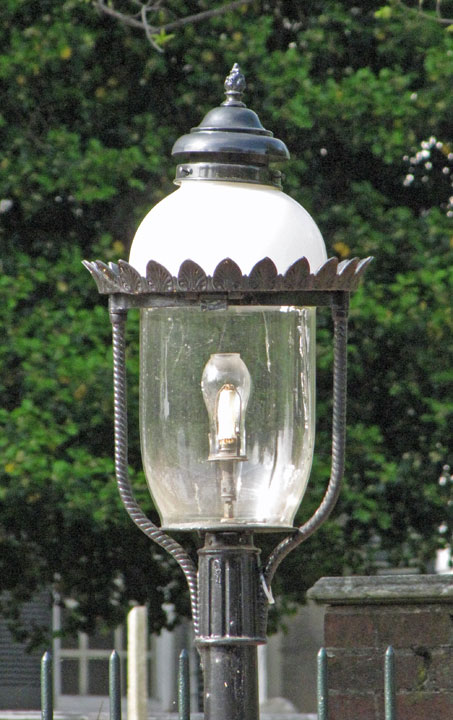
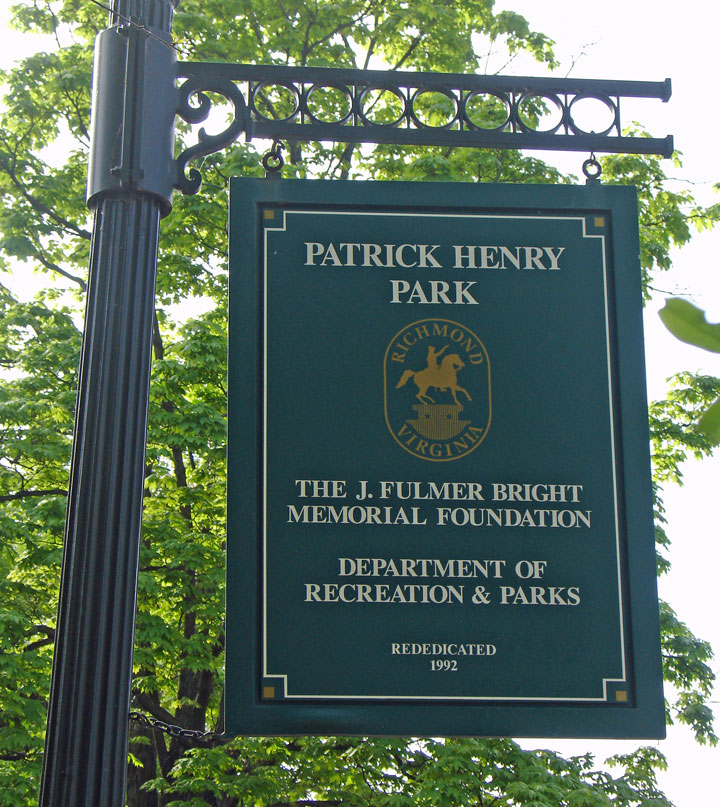
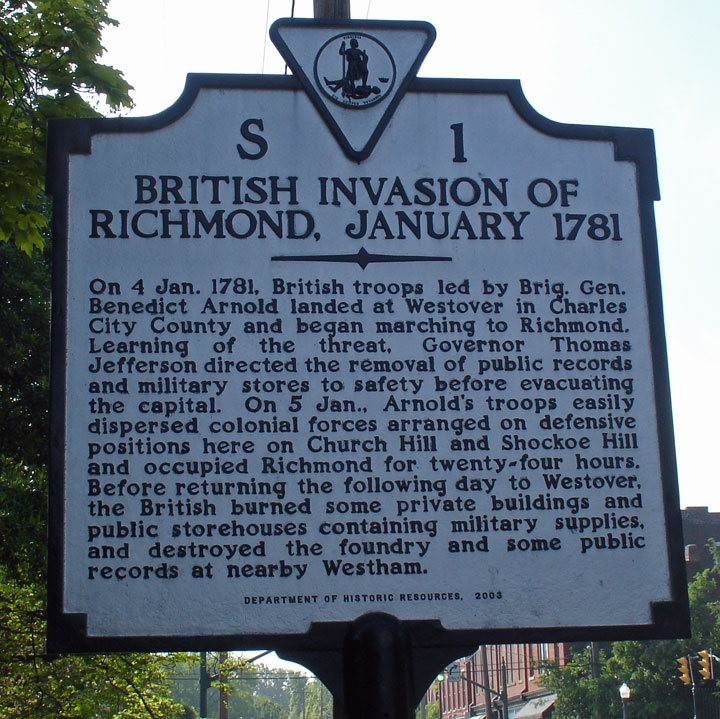
occupation of Church Hill